
However, the remote sensing industry is facing a major challenge due to a shortage of human resources in both quantity and quality. This is a challenge that needs to be resolved promptly.
Aging workforce, lack of inter-sectoral coordination
Currently, although the remote sensing human resources in our country have an initial foundation, they are still limited in both scale and quality. At the central level, human resources are mainly concentrated in units under the Ministry of Agriculture and Environment , especially the National Remote Sensing Department, along with specialized units in forestry, agriculture, hydrometeorology, geology, climate change... and in a number of other ministries and branches in defense and security tasks.
In localities, the remote sensing staff is distributed in the Department of Agriculture and Environment. However, civil servants and technical staff in these units mostly have professional qualifications in land management, environment, maps, etc. Therefore, the implementation of state management tasks at the local level on remote sensing still has many limitations. It is worth noting that the average age of the remote sensing staff in the management agencies is currently quite high, most of them are over 40 years old.
In addition, although these officials are proficient in traditional management processes, they are limited in accessing modern technologies such as artificial intelligence (AI), big data, cloud computing or multi-source satellite image processing. “Without a strategy to retrain and rejuvenate the team, the risk of falling behind in remote sensing data management and exploitation capacity will become increasingly greater,” said Mr. Tran Tuan Ngoc, Director of the National Remote Sensing Department.
Meanwhile, the rapid pace of technological development has made it difficult for many training programs to keep up to date, as the huge amount of satellite data requires interdisciplinary processing skills, combining mathematics, computer science, geography, environment, etc. Not only that, for many years now, the field of surveying and mapping, the foundation for remote sensing training, has had lower entrance scores than many other professions, but enrollment has still been difficult. One of the reasons is that young people are afraid of the nature of the profession, which requires long field trips and hard work.
“Without a strategy to retrain and rejuvenate the workforce, the risk of falling behind in remote sensing data management and exploitation capacity will become increasingly greater.”
Mr. Tran Tuan Ngoc, Director of National Remote Sensing Department
The coordination mechanism between the State, schools and enterprises is not yet tight. Students have few opportunities to intern in enterprises or participate in applied topics in ministries and branches. In 2019, the Prime Minister approved the National Remote Sensing Development Strategy to 2030, with a vision to 2040. After 5 years of implementation (2019-2024), more than 200 officers and engineers have been formally trained in remote sensing.
Some universities have opened majors in remote sensing, geographic information systems, and space technology. However, high-quality human resources are still lacking. 62% of localities do not have specialized staff in remote sensing, the workforce mainly does basic engineering, lacks leading experts, and has not formed a strong research team.
In addition, the domestic labor market for the remote sensing field has not really developed due to low salaries, making it difficult for businesses and state management agencies to attract and retain good personnel. For example, Sao Vega and Vidagis companies - pioneering enterprises in applying remote sensing technology and AI to monitor resources, urban areas, and smart agriculture, are always worried about retaining high-quality human resources, because the remuneration regime is not really competitive compared to the information technology and telecommunications field.
Need for national strategy on remote sensing human resource development
Vietnam currently has many advantages to develop remote sensing human resources. The State has issued many major strategies and programs on digital transformation, resource management and environmental protection. The need to integrate remote sensing into socio-economic fields is increasingly expanding, from land monitoring, smart agriculture to urban management and disaster prevention. These driving forces are contributing to promoting an increasingly diverse and dynamic working environment for remote sensing human resources. However, to truly make a breakthrough, experts say that a synchronous solution system is needed.
First of all, it is necessary to promote the development of remote sensing human resources; clearly identify human resource needs for each stage, from research, training to application and business, along with specific quantitative targets to have a basis for monitoring and evaluation.
Regarding training, it is necessary to innovate training programs in an interdisciplinary direction. Universities should open majors or majors that integrate remote sensing, data science, AI, big data, multi-source data and information technology; at the same time, update teaching content associated with technology trends, helping students to be able to process and apply immediately after graduation. In addition to formal training, it is necessary to develop short-term, online courses and retraining programs for existing staff, especially those with high average age and limited ability to update technology.
The State needs to have a mechanism of priority, encouragement, and policies to attract and retain talent. At the same time, it is necessary to build a competitive remuneration regime, a favorable research environment, and opportunities for remote sensing officials to participate in international projects, as well as policies to attract Vietnamese experts from abroad to return and contribute.
According to experts and scientists, strengthening links with universities, research institutes and international organizations with strengths in remote sensing training and research also expands opportunities for academic exchange, linking training with practical needs, internships, technology transfer and participation in joint projects. Bringing students, trainees and experts directly into remote sensing application projects of ministries, branches and enterprises will help improve practical skills, while creating practical value for socio-economic development.
Source: https://nhandan.vn/nguy-co-thieu-hut-nhan-luc-nganh-vien-tham-post920114.html


![[Photo] Lam Dong: Close-up of illegal lake with broken wall](https://vphoto.vietnam.vn/thumb/1200x675/vietnam/resource/IMAGE/2025/11/03/1762166057849_a5018a8dcbd5478b1ec4-jpg.webp)
![[Photo] Fall Fair 2025 and impressive records](https://vphoto.vietnam.vn/thumb/1200x675/vietnam/resource/IMAGE/2025/11/03/1762180761230_ndo_br_tk-hcmt-15-jpg.webp)
![[Photo] Prime Minister Pham Minh Chinh receives the Chairman of the Japan-Vietnam Friendship Association in the Kansai region](https://vphoto.vietnam.vn/thumb/1200x675/vietnam/resource/IMAGE/2025/11/03/1762176259003_ndo_br_dsc-9224-jpg.webp)
![[Photo] General Secretary To Lam receives Singaporean Ambassador Jaya Ratnam](https://vphoto.vietnam.vn/thumb/1200x675/vietnam/resource/IMAGE/2025/11/03/1762171461424_a1-bnd-5309-9100-jpg.webp)
















![[Photo] Fall Fair 2025 and impressive records](https://vphoto.vietnam.vn/thumb/402x226/vietnam/resource/IMAGE/2025/11/03/1762180761230_ndo_br_tk-hcmt-15-jpg.webp)
![[Video] Digital transformation and artificial intelligence: the breakthrough development platform of modern medicine](https://vphoto.vietnam.vn/thumb/402x226/vietnam/resource/IMAGE/2025/11/03/1762180464388_hoi-nghi-khoa-hoc-benh-vien-bach-mai-8223-jpg.webp)
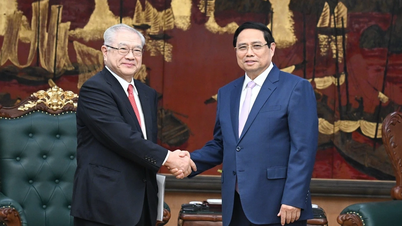

![[Photo] Prime Minister Pham Minh Chinh receives the Chairman of the Japan-Vietnam Friendship Association in the Kansai region](https://vphoto.vietnam.vn/thumb/402x226/vietnam/resource/IMAGE/2025/11/03/1762176259003_ndo_br_dsc-9224-jpg.webp)



























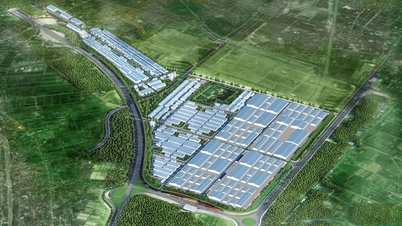
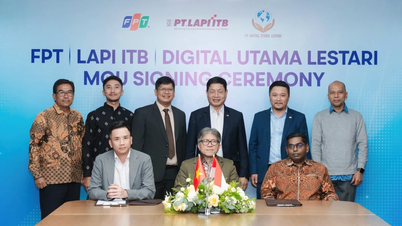
















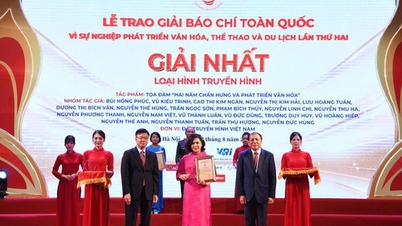





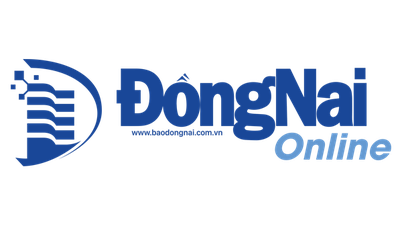

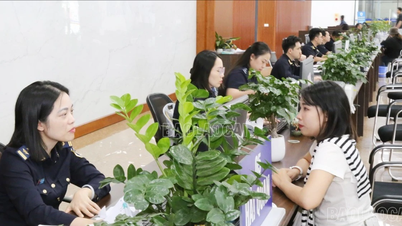



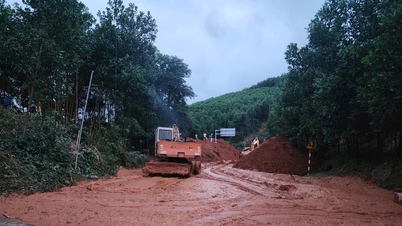



















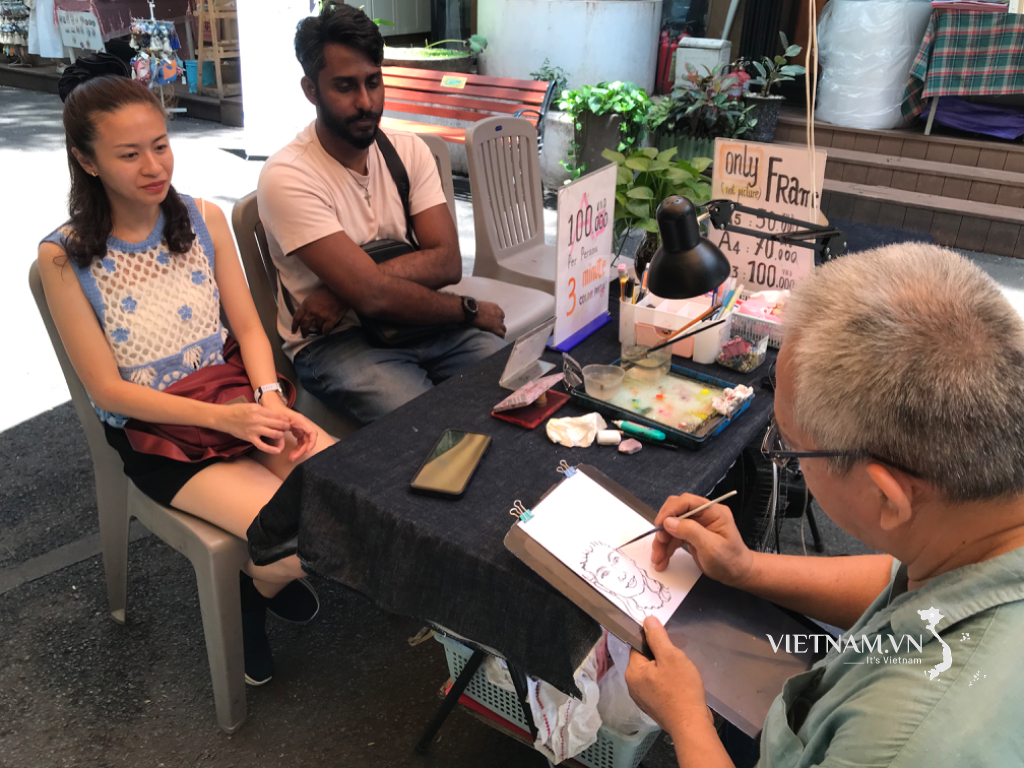
Comment (0)